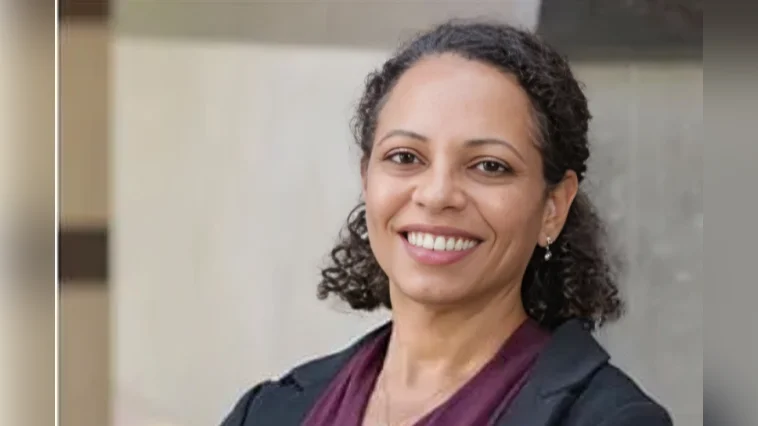Researchers from the University of Chicago Pritzker School of Molecular Engineering and Northwestern University have developed a new artificial membrane inspired by biological systems, which could advance water purification and material extraction technologies. The findings were published in Nature Communications on July 1, 2025.
In living cells, proteins within membranes act as gatekeepers, controlling the movement of ions such as potassium and sodium. Understanding how these natural ion channels work has long been a goal for engineers seeking to replicate their selectivity in artificial systems.
“It will advance technology greatly if we can understand ion transport in biological systems and creatively manipulate it in artificial ones,” said Asst. Prof. Chong Liu of UChicago PME.
The research team used advanced simulations to examine how adding small amounts of lead, cobalt, or barium ions affected potassium transport through an artificial membrane. They found that even a 1% increase in lead ions doubled the amount of potassium passing through the channel, closely mimicking the function of biological membranes.
“The most exciting part of our research is that we show how dramatically ion transport in angstrom-scale 2D channel can be changed in the presence of other ions, even with a tiny fraction,” said co-first author Mingzhan Wang, formerly a postdoctoral researcher at UChicago and now at City University Hong Kong.
The study also provided insights into fundamental science about why ions behave as they do within channels. Ion transport channels are nanoscale tunnels that allow charged particles to move across membranes. In this study’s model system, positively charged potassium moved slowly through negatively charged tunnels while negatively charged chloride ions moved more quickly.
Wang and Liu collaborated with Prof. George Schatz at Northwestern University through the Argonne-led Advanced Materials for Energy-Water Systems Center (AMEWS), which funded the project. Co-first author Qinsi Xiong built a new simulation model to capture interactions between ions and tunnel walls.
“We designed a non-equilibrium molecular dynamics simulation to incorporate an ion-induced dipole interaction and simulate ion transport through this 2D nanochannel,” Xiong said. "Our results aligned well with the experiments, suggesting that the physics we included were on the right track."
The researchers discovered that when lead ions bond to acetate groups inside tunnel walls, they slow down chloride ions enough so both chloride and potassium move together as neutral pairs—allowing more potassium to pass through unimpeded.
“There’s nothing charged that it wants to interact with, and so that makes it so that the new molecule can flow through quicker than would occur if the two ions were just separately flowing through the channel,” Schatz said.
They also found ways to inhibit this effect: introducing cobalt or barium limited lead’s ability to facilitate neutral pair formation by competing for bonding sites on acetate groups inside tunnel walls.
“By changing the combination of ion species, we were able to switch from a cooperative effect to an inhibitory effect,” Xiong said. “Again, understanding the underlying physics is essential.”
Future work will explore whether other materials besides lead can create similar effects or if this method could be used for elements like lithium—important for batteries but currently extracted using environmentally harmful methods.
“Multivalent-ions effect study remains largely hidden for the rising field of nanofluidics,” Wang said. “Certainly, our protocols can be extended to other nanofluidic systems and more can be expected from there in the future."
This research was supported by AMEWS Center under funding from the U.S. Department of Energy Office of Science Basic Energy Sciences.

